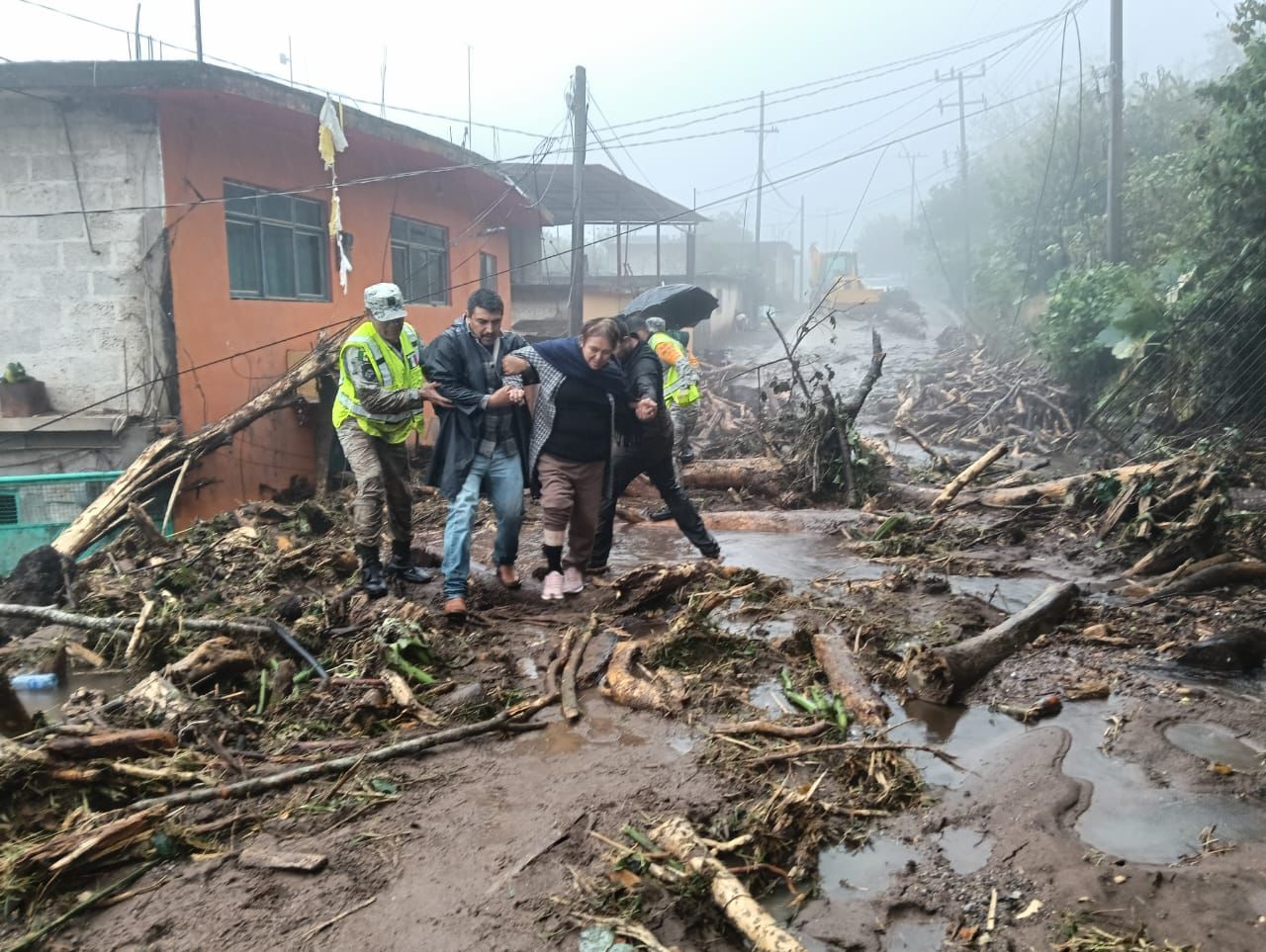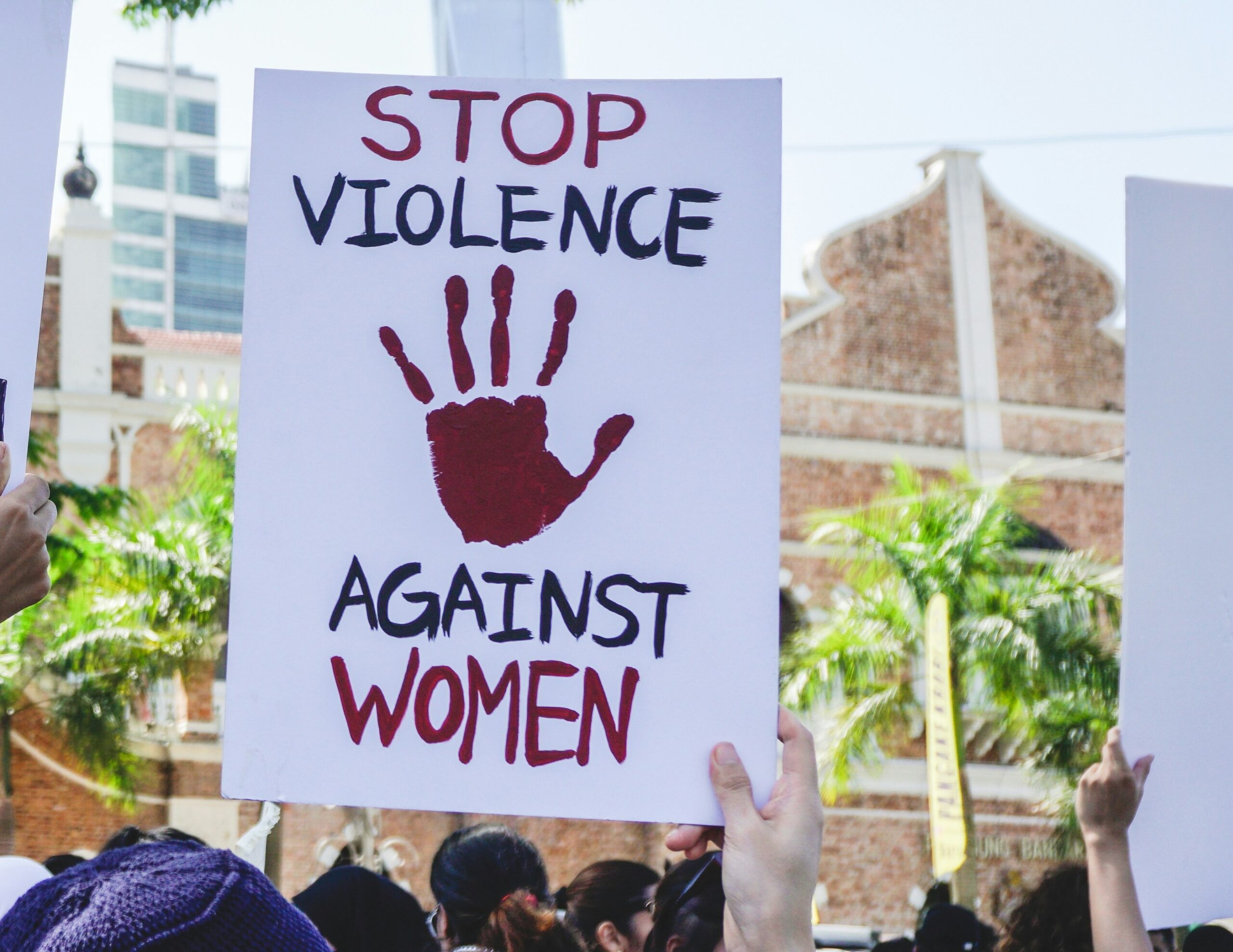What we’re watching: Weekly disaster update, October 13

We know all too well that disaster can strike anytime, anywhere in the world. Some disasters make headlines; others do not. Here at the Center for Disaster Philanthropy (CDP), we monitor the status of disasters worldwide and compile a list of the ones we’re tracking weekly, along with relevant disaster-related media coverage.
Here’s what we’re watching for the week of Oct. 13, 2025.
New or Emerging Disasters
Flooding – Mexico: Between Oct. 6 and Oct. 9, parts of Veracruz and four other states in Mexico received 24.7 inches of rain, causing flooding that damaged more than 100,000 homes and killed at least 64 people.
In the town of Poza Rica, the Pemex oil facility drained oil reserves ahead of the storm. The oil mixed with floodwaters and rushed through town. It flowed through homes, streets and other infrastructure, leaving a thick coating of oil behind. This has massively complicated clean-up and relief efforts in the area.
Flooding – Alaska: The remnants of Typhoon Halong on Oct. 12 lashed the remote coastal villages of Kwigillingok, Kipnuk and Nipakiak in Alaska with high winds, severe flooding and significant storm surges, washing away several homes.
At least one person has died, and two are still missing. Families evacuated by boat to shelter at nearby schools, and hundreds of people from the Alaskan Native communities are displaced. The devastation will make winter in this area particularly hard, as most people have lost the food stores they need to get through the cold season.
Technological disaster – Tennessee: At least 16 people died after an explosion at a military explosives facility on Oct. 11 in McEwen, Tennessee. The explosion, which could be felt for 20 miles, left no survivors. The cause of the blast is still under investigation.
Previous/Ongoing Disasters
Earthquakes – The Philippines: The southern Philippines was struck by two powerful back-to-back offshore earthquakes on Friday, Oct. 10, causing seven deaths and triggering tsunami warnings. This disaster followed an earthquake that hit Cebu just days before and killed 72 people, with over 360 injured.
Complex Humanitarian Emergencies – Syria
When a country experiences political conflict, climate shocks, famine, economic challenges or other conditions, it may suffer a complex humanitarian emergency (CHE). CDP maintains complete profiles on several CHEs. Every week, we highlight these and other CHEs, hoping to build awareness and increase philanthropic response.
The humanitarian situation for women and girls in Syria in 2025 remains dire, with escalating violence, displacement and sharply diminished access to critical health and protection services.
Key facts:
- Over 16.7 million people are affected by the humanitarian crisis in Syria; 4.1 million are women of reproductive age, and 257,000 women are currently pregnant.
- About 74% of people who require nutritional assistance are women and girls.
- About 92% of female-headed households living in displacement camps report an insufficient ability or a complete inability to meet basic needs.
- Gender based violence (GBV) incidents are grossly underreported due to fear of retaliation and lack of trust in available services; intimate partner violence and forced child marriages are widespread.
- Technology-facilitated gender-based violence of women is pervasive and underprioritized, though it has resulted in honor killings and increased domestic violence, harassment and extortion of Syrian women.
- The closure of 42 out of 82 community protection centers in northwest Syria and the decrease in health and protection services due to funding gaps have significantly reduced women’s access to lifesaving GBV and reproductive health support.
- In recent months, targeted disappearances of Alawite and Druze women and girls have sharply increased, with dozens abducted, forced into marriages, or exposed to sexual violence. About 763 people remain missing in Sweida and the surrounding areas.
The brunt of recent funding shortfalls has fallen disproportionately on women, especially minority women, who have limited access to health care and protection services. Poverty, hunger, and violence against women and girls in Syria are ubiquitous and urgent funding is needed.
Upcoming webinar
Violence against women and girls in disasters: How funders can fill funding gaps

What We’re Reading
- What Native-held lands in California can teach about resilience and the future of wildfire – The Conversation
- Curious reindeer and hungry polar bears: Warming is upending an arctic island – The New York Times
- Gaza ceasefire: Children need surge in humanitarian aid now – Forbes
A moment of hope… Researchers from Purdue University and Sandia National Laboratories have discovered that smectite clay minerals can capture carbon dioxide from the air. These clays possess a unique layered structure and a high surface area, allowing them to selectively and efficiently absorb CO₂ molecules.
Unlike traditional carbon capture methods that require high energy input or expensive materials, clay offers a low-cost, scalable and environmentally-friendly alternative to combating climate change.
